Written by Avi Dew on July 31, 2020
The Best Medicinal Plants to grow at your home & garden- Part A
Most people don’t know that medicinal plants are just plants, herbs, shrubs, trees and flowers with healing properties. The most easy and common use is to make a tea or infusion, Thought can be used in facial masks, cleaning, cooking and other home remedy uses.
Here are a few easy-to-grow and easy-to-use medicinal plants and herbs for first-time gardeners.
Lavender (Lavandula)
Beautiful herb with intoxicating scent that can be used for many things but mostly for anxiety and stress. Not only does it have mood boosting benefits, but it also has a heart-warming aroma and a beautiful display of deep purple color. In growing lavender the most essential is the sun. To grow a blooming healthy plant you will need at least 4 hours of direct sun, when a whole day is best. Lavender is very sensitive to over watering, the ground where the roots are need to get dry between watering. With sun and cautiously watering it can grow in pots or in the garden. In using Lavender to have a relaxing aromatic experience, you can add your fresh buds to a warm bath or wrap your lavender stems and place fresh bundles around the house. Dry bundles have a unique refreshing purifier scent when used as incense sticks. Homemade lavender sachet made from dry flowers can calm and improve sleep used in your pillow or bed. Warm sachets relax sore muscles. In the closet dry lavender bundles and sachets keeps the moth away, and use your dried lavender buds to steep a loose-leaf tea that calms the body. Traditionally, lavender has been used for relaxation and treating infections, burns, and bites. However, current evidence has shown that lavender oil has mood-stabilizing, sedative, and neuroprotective properties.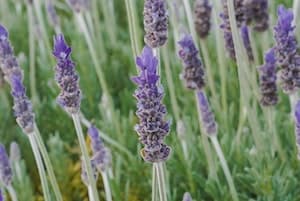
Calendula(Calendula officinalis)
Bright yellow and orange flowers, historically used for medicinal and culinary purposes. Commonly called the pot marigold, the calendula flower has long been in use all over the world. All parts of calendula plants are useful in many ways. The plant is said to stimulate the immune system and is currently used as an ingredient in many cosmetic products. Growing calendula is an annual grow by the time in the hot Mediterranean countries it’s a winter grow, in the cold UK and northern Europe it grows from spring to fall. In the US direct sow in early spring (around the end of February on the coast), and continue to seed until early summer for fall flowers. Calendula can also be started indoors late February to mid-March for transplanting in April. Calendulas are adaptable and do not require a lot of maintenance. With good drainage will thrive in full sun to partial shade conditions. As the calendula prefers cool temperatures, flowers last longer in filtered sun or shady areas. Calendula flower is commonly used for wounds, rashes, infection, inflammation, and many other conditions. The chemicals in calendula help new tissue grow in wounds and decrease swelling in the mouth and throat. Dries Calendula flowers can be a great edition to a warm bath, will help to eliminate bacteria and to nourish and calm the skin. Tea or infusion from dried flowers will help immune system. Petals are used in cooking, salads, cakes, stews, and broths, these petals add a spicy taste similar to saffron to many dishes and were used as yellow coloring in cheeses and butters in centuries past. Home remedy for Calendula flower salve, infused oil, lotion bars and more are very beneficial for irritated skin, fungus, rashes, bruises and many more.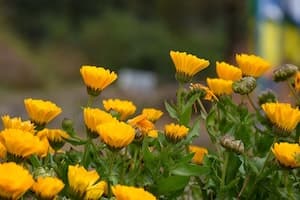
Turmeric(Curcuma longa)
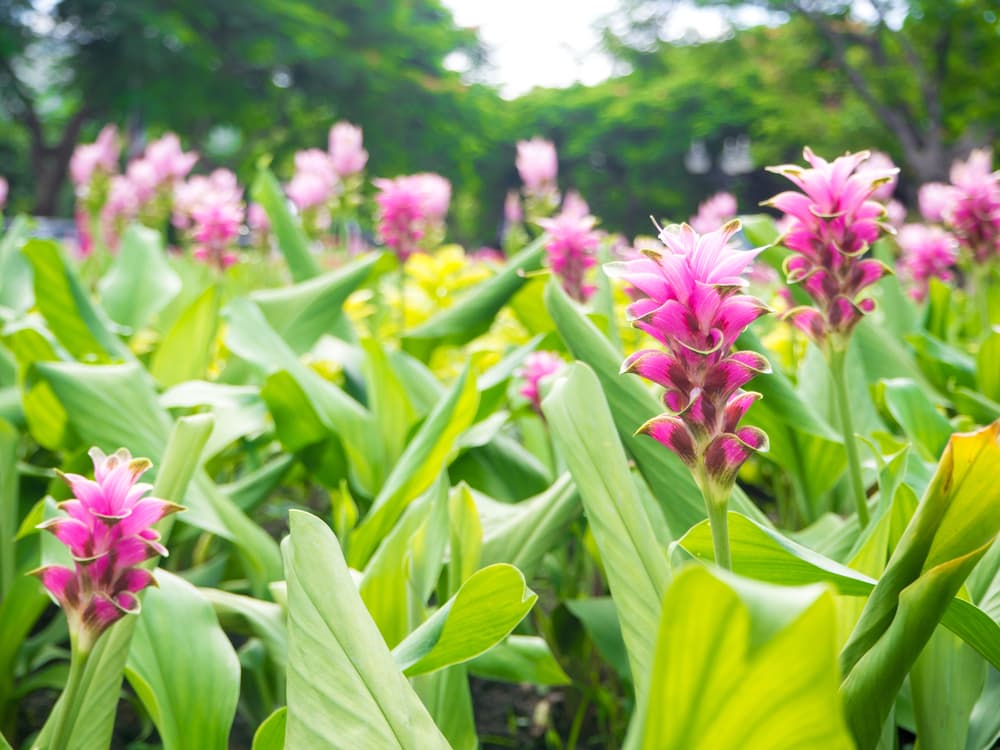
Turmeric grows wild in the forests of South and Southeast Asia, where it is collected for use in classical Indian medicine (Siddha or Ayurveda). Turmeric and curcumin, one of its constituents, have been studied in numerous clinical trials for various human diseases and conditions; it has powerful anti-inflammatory effects, dramatically increases the antioxidant capacity of the body, helps to reduce inflammation, boosts brain-derived neurotropic factor, linked to improved brain function and a lower risk of brain diseases, and helps arthritis and depression. Growing Turmeric is easy in hot weather. Just need to keep it in the shade (or for the least 3 hours of daily sun) and with stable moist level (consistent watering) it grows until 3 meters high. Pots or soil, in the cold season of the year it disappears and goes to sleep. The leaves and flower will wither and dry, but the powerful bulbs and roots are still there, resting until the spring comes. It is the best time to harvest the yellow bulb and divide it for clone making. Put a small piece of fresh bulb in soil and water it and when the temperature is warm enough it will start grow again. A few months later it will be a big beautiful mature Mama Turmeric plant. Using Turmeric bulb is best fresh, or no more than a week after harvesting. It is great in teas and infusions; it could be component in smoothies, cooking, and an essential ingredient in the powerful golden milk and will benefits every recipe. It could be ground in a coffee grinder, dried and stored for later use. When the bulb is well dried it is very difficult to process it, it becomes hard and not workable. The golden yellow color of turmeric is due to curcumin. Turmeric makes a poor fabric dye, as it is not very light fast, but is commonly used in Indian clothing, such as saris and Buddhist monks’s robes. It is used to protect food products from sunlight. Over coloring, such as in pickles, relishes, and mustard, is sometimes used to compensate for fading.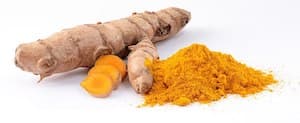
Thyme (Thymus)
Thyme is an herb of aromatic perennial evergreen herbs in the mint family. Its range of use is impressive, and it has over 400 subspecies. Ancient Egyptians used it in their embalming practices, while ancient Greeks used it as incense. Thyme is known for its antibacterial properties and its medicinal qualities, such as its ability to help treat acne and high blood pressure. Growing thyme is simple like any herb growing, make sure that it gets partial or full day of sun, water when the soil is dry and it just grows. Originally from the Mediterranean area, this herb is drought-friendly so it doesn’t have high watering needs. It is also pollinator-friendly. Let some thyme plants flower, since the flowers attracts the bees. Thyme can grow in the ground or in a container. Either is left outside in wintertime, new leaves will emerge within the early spring. It is used in cooking, tea and infusion. Tea is often used as a natural cough remedy, helps immediately for fluid or moisture in the throat and breathing system, is packed with vitamin C and is also a good source of vitamin A. If you feel a cold coming on, thyme can help get you back in good health. Thyme extract can repel mosquitoes, but growing it in your garden isn’t enough. In order to get the best pest fighting results, rub thyme leaves between your hands to release the essential oil. Homemade repellant are made from it, also composed with other herbs.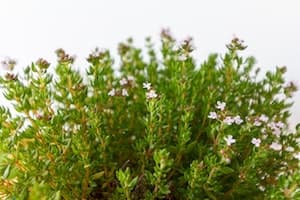
Hippocrates’s famous quote “Let food be thy medicine, and let medicine be thy food” is still relevant and possible. Hot herbal tea is good to start with, best if it is freshly harvested from the garden. Growing medicinal plants is so rewarding in so many ways and with does 4 durable plants we discuss here, it can be so simple that even for the brownest hands it is really worth a try. Remember all the way that there are no gardening mistakes, only experiments. Good luck!
* This blog is a recommendation and should not be considered as professional advice.